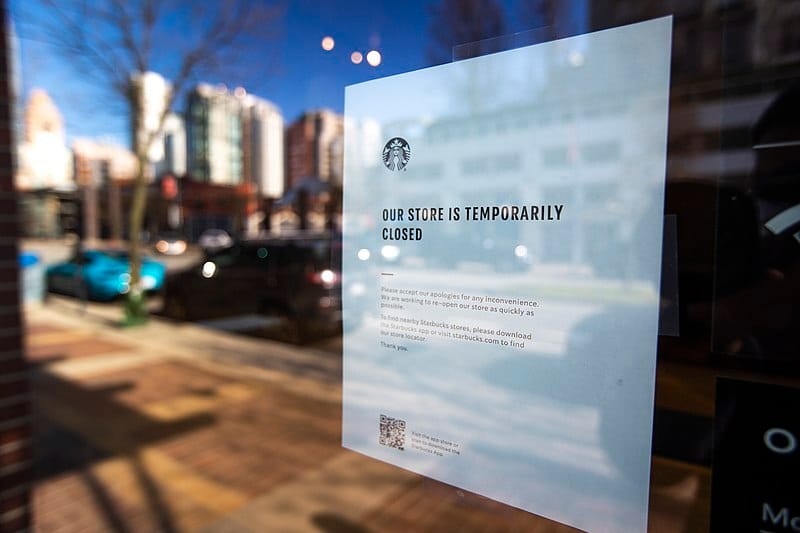Growing up in suburban St. Louis, the Starbucks off Route 100 was the place to see and be seen – if you were a middle schooler. For decades, businesses like Starbucks marketed themselves as a "third place"—a space away from home and work, where you could sip a latte, meet with friends, or simply exist without the pressure to spend money beyond your errand. But as the company rolls back its open-door policy, closing locations early and restricting bathroom access, it’s clear that even this corporate version of communal space is on the decline. And Starbucks isn’t the only culprit—the slow erosion of third places across America signals a deeper issue in our culture: a lack of shared spaces where people can gather, connect, and simply be.
Sociologist Ray Oldenburg coined the term "third place" to describe the vital social environments outside of home (the first place) and work (the second place). Coffee shops, libraries, community centers, and parks have long served as hubs of conversation, creativity, and casual interaction. They provide a sense of belonging, especially in a world where work dominates much of our time and home life can be isolating.
But in America, the third place is rapidly vanishing, a trend hastened by the COVID-19 pandemic. Starbucks, once a reliable, if heavily commercialized, version of this space, is retreating from its role as a community hub. “Safety concerns” have led to more restrictive policies—closing locations early, removing seating, and discouraging loitering. What remains is a transactional experience rather than a communal one. Here in Chicago, many prominent locations are transitioning to pick up only – which primarily cater to the mobile order and seemingly discourage human interaction of any kind.
Outside of dense, walkable cities like New York or Chicago, the situation is even bleaker. America’s car-centric culture has long prioritized roads and parking lots over parks and plazas. Suburban and exurban areas are designed for efficiency, not connection. Strip malls and drive-thrus dominate, making it difficult for spontaneous social interaction to thrive. The few communal spaces that exist—libraries, rec centers, and cafes without drive-thrus —are increasingly underfunded or viewed as inconveniences rather than necessities.
When nearly every trip requires a car, socializing becomes a planned event rather than an organic occurrence. Compare this to European cities, where public squares, pedestrian-friendly streets, and outdoor cafes foster connection. Americans increasingly find themselves alone in their cars, commuting between destinations without a natural gathering place in sight – save the gas station.
Young people suffer disproportionately from the loss of third places. Since the 1970s, malls have served as informal gathering spaces for teens, a place to see and be seen. But in many communities, restrictive curfews, security patrols, and "no loitering" policies have made these spaces inhospitable – much to their own demise.
Where do teenagers go when they can’t afford to sit in a cafe for hours or are unwelcome in commercial spaces? Increasingly, they retreat online, further exacerbating the isolation that many already feel. Social media attempts to fill the void, but a TikTok comment section is no substitute for real human interaction. In many cities, this isolation has led to violence. There are additional indications that this solitude is exposing young men, in particular, to extremism.
The decline of third places has real consequences. Loneliness is on the rise, with U.S. Surgeon General Dr. Vivek Murthy calling it a public health crisis. When people lack informal gathering spaces, community ties weaken. Political polarization worsens as people interact less with those outside their immediate social circles. Creativity and collaboration suffer when there’s no physical space for ideas to cross-pollinate. And look where we are now.
There’s no single solution to the loss of communal spaces, but reversing the trend requires a cultural shift. Cities need to invest in public parks, libraries, and pedestrian-friendly spaces. Businesses should recognize the long-term value of fostering community rather than maximizing short-term profits. And as individuals, we can support local cafes, bookstores, and community centers that prioritize human connection over pure efficiency.
Starbucks might be raring to kick you out of their cafes, but that doesn’t mean we have to accept a future of isolation. The need for communal gathering spaces is as urgent as ever—it’s up to us to create them.

